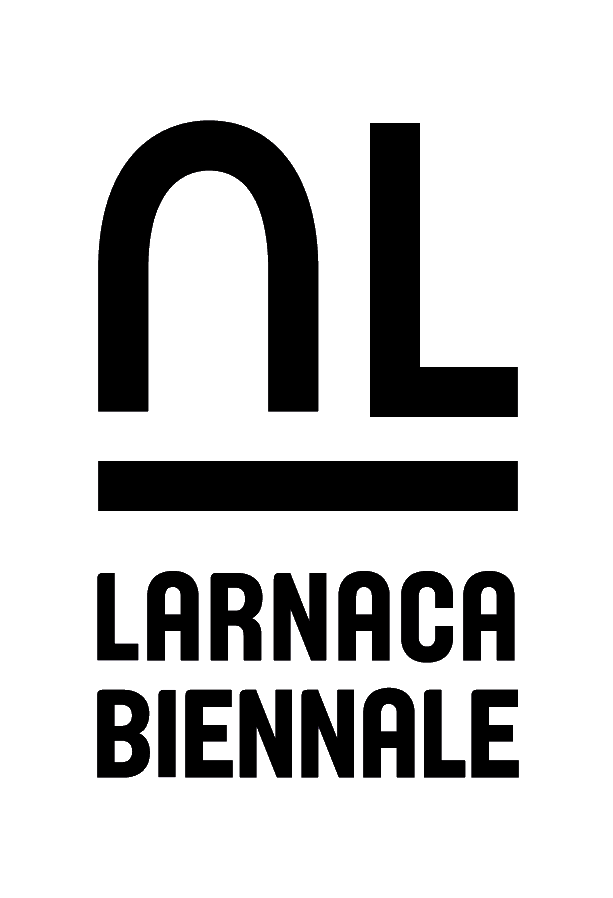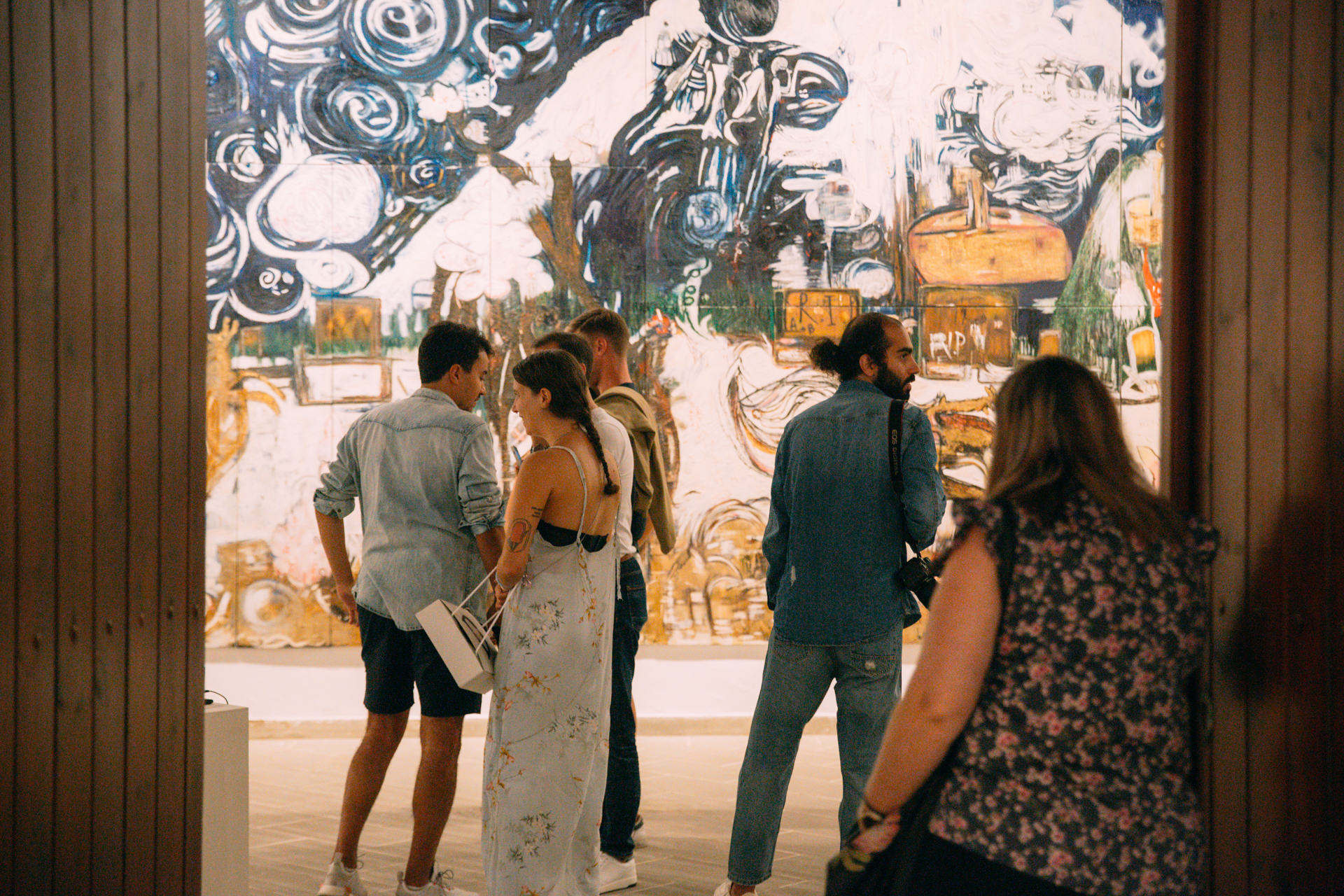Rakefet Viner Omer, also known as RVO, is an accomplished Israeli artist based in Tel Aviv. Rakefet is renowned for her unique blend of contemporary and traditional influences, creating captivating paintings and installations. With a rich educational background in psychology, cinema, art therapy, and visual art, she holds a Master’s degree from the Bezalel Academy of Art and Design in Jerusalem. Her journey as an artist has evolved from focusing on feminist issues to embracing her Jewish identity, culminating in her remarkable work “Golden Sweet,” which gained significant attention at the Larnaca Biennale 2023. Let’s delve into her artistic journey, inspirations, and experiences.
Who is artist Rakefet Viner Omer? Share with us a few things about you and your work in general.
I’m Rakefet Viner Omer, also known as RVO. I’m an Israeli artist, living in Tel Aviv with my spouse, three cats, and a dog. I am also a Mother to a sweet mature son who chose a very different path than me, that of engineering. I am primarily a painter, but I also create painting installations. I studied psychology and cinema at Tel Aviv University, art therapy, and visual art. I have a Master’s degree from Bezalel Academy of Art and Design, Jerusalem. Contemporary painting is one of my main sources of inspiration. Over time, however, I have also developed an Israeli style, or perhaps you could say a “Jewish” style in some ways. Slowly, I was able to address those issues. Since I began my career as a feminist artist dealing with mostly feminist issues, they found their way to me through the back door. It was not until this work “Golden Sweet” that I showed at the Larnaca Biennale 2023 that the Jewish identity in my work became apparent to me, which I feel is both very international, but also very “Jewish”.
Your work ”Golden Sweet” was the biggest painting ever to be exhibited at Larnaca Biennale and one of the most photographed by LB visitors! Tell us a few words about it.?
The work consists of 14 panels measuring 8/3.32 meters in length. A large amount of oil paint is used in this painting ( impasto, oil straight from the tube on canvas (or linen)) as well as a
large amount of gold leaf. For two years, mostly during the Corona virus, I painted this large work piece by piece, gradually connecting each panel to the next. Shay Agnon’s novel, “The Bridal Canopy,” inspired the painting. Agnon is regarded as one of the most important authors in the Israeli canon. it depicts a wandering journey related to the bridal canopy custom common in Jewish towns in Eastern Europe. The poor bride’s parents collect funds to marry her and the entire community participates. Yodel is the hero of the story, a poor man who wishes to raise money for his daughters. He travels from village to village and only manages to gather stories during his encounters. ‘Golden Sweat׳ also reflects Jewish culture through its influences from Chagall’s paintings and canonical Jewish literary text. This work and the story that inspired it contain fragments of stories about Jewish communities and the place where my family came from three generations ago. The painting also contains flying figures and objects, colors, and sad humor. As an Israeli Jewish artist, I am interested in the myth of the wandering Jew, that moved from all over the world to Israel in the last hundred years, abandoning his old culture. Jewish history is revealed through literature. By collecting stories, Yodel creates intimacy, belonging, and domesticity. At that moment, the story creates a home and allows new things to be created. In the same way that traveling and wandering create a sense of home, painting domesticates historical space and its traumas. The painting has an infinite ability to become a home, even when the heart is broken and the home trembles.
There is much more to tell about this work, and you can find it all in my catalog. I’m also happy to share that this monumental work was purchased by an important Israeli collector
when we came back from the biennale.

You have visited Larnaca twice for your installation procedures. What was your overall impression of Larnaca and Larnaca Biennale?
I really enjoyed my visit to Larnaca. The biennale organizers were warm and friendly, we met, ate, talked, and drank, and the whole experience was much fun. It is amazing to think that the biennale began with just a few people, artists, who had this dream, and they made it come true and succeeded in making an international exhibition that is professional, very pleasant, and at the same time intimate and friendly.
A message you would like to send to artists that will apply in the future for participation in the Larnaca Biennale.
Make sure you bring your swimsuit! As a Mediterranean artist from Tel Aviv, I didn’t expect to be so excited about the beaches in Larnaca. but installing the work while living on the
beach was actually a lot of fun. It would be great to visit the Larnaca Biennale again and even to exhibit my work there once more, as well as to reconnect with the nice people I met there.



